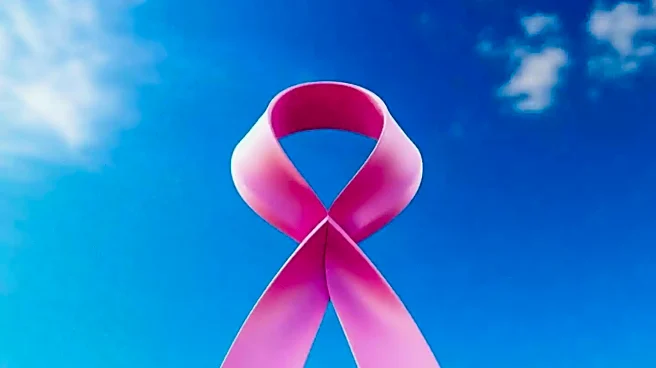What's Happening?
Dr. Siobhan Deshauer, an internal medicine specialist, has identified 12 unexpected signs of liver disease, which affects millions of Americans. Fatty liver disease often goes undiagnosed due to its silent nature and symptoms that mimic other conditions. Common signs include changes in fingernails, such as Muehrcke's lines and Terry's nails, which indicate low albumin levels. Other symptoms include nail clubbing, distended abdomen, and caput medusae. The condition can be caused by various factors, including viral infections, alcohol abuse, and metabolic disorders.
Why It's Important?
Liver disease is a significant health concern in the U.S., affecting up to 100 million adults. Early detection is crucial to prevent severe complications, including liver failure and death. Dr. Deshauer's insights provide valuable information for healthcare professionals and patients, emphasizing the importance of recognizing subtle symptoms. The findings may lead to improved diagnostic practices and awareness campaigns to educate the public about liver health. Understanding the signs of liver disease can empower individuals to seek timely medical intervention.
What's Next?
The medical community may focus on developing better diagnostic tools and preventive measures for liver disease. Public health initiatives could aim to raise awareness about the condition and its risk factors, encouraging regular check-ups and lifestyle changes. Research may continue to explore the underlying causes of liver disease and potential treatments. Dr. Deshauer's work could inspire further studies on the relationship between nail changes and systemic health issues.
Beyond the Headlines
The discussion on liver disease highlights ethical considerations about healthcare access and the importance of preventive care. It also raises cultural aspects of health awareness and the role of education in promoting well-being. The findings may prompt discussions on the need for comprehensive health policies that address chronic conditions and support early detection.










